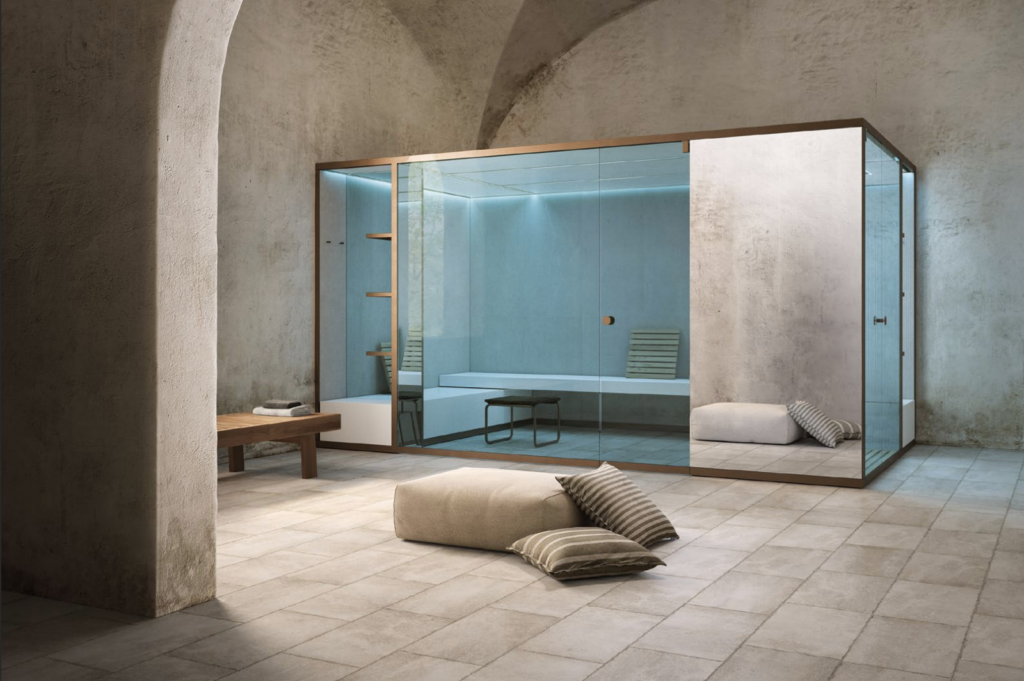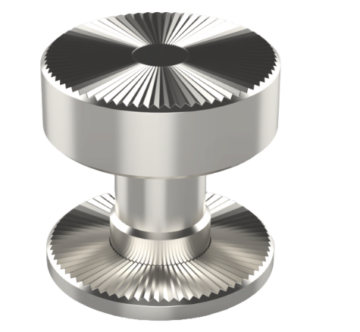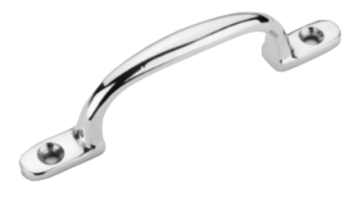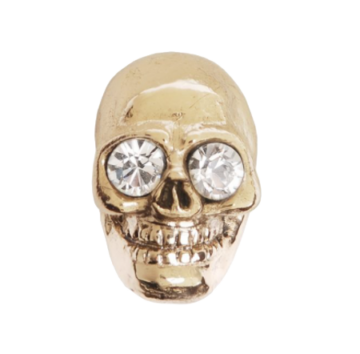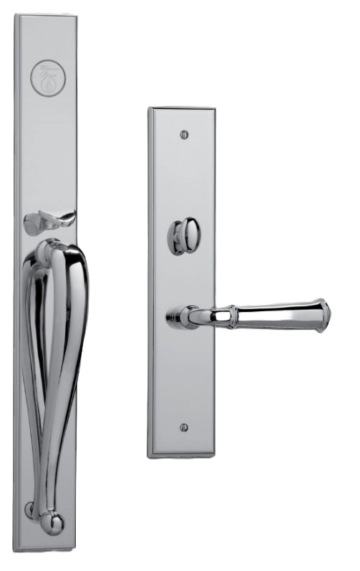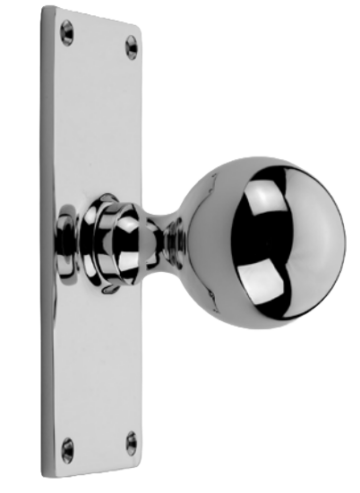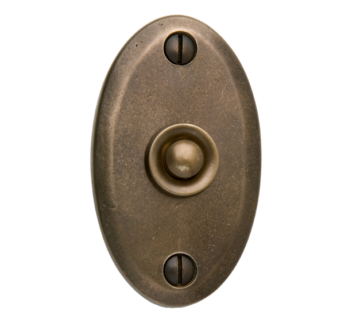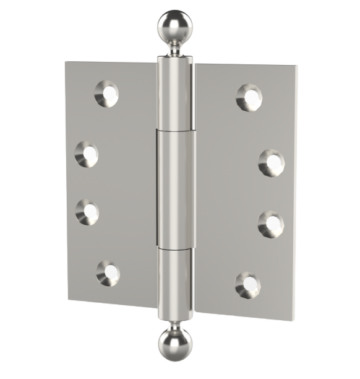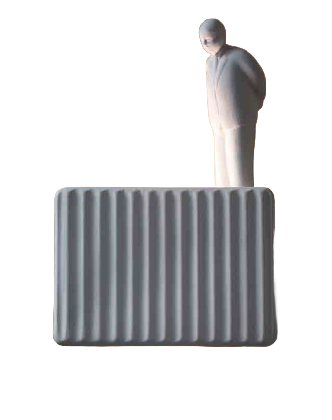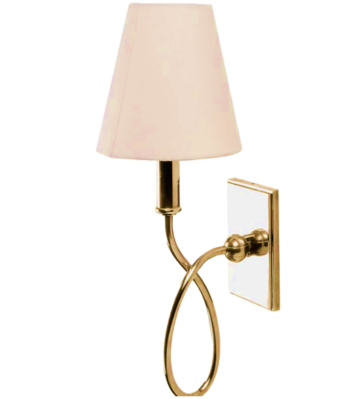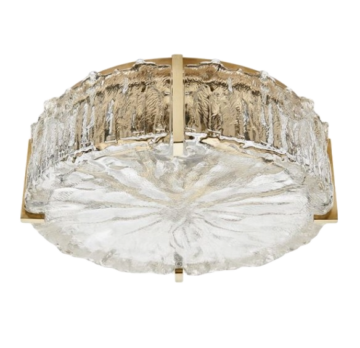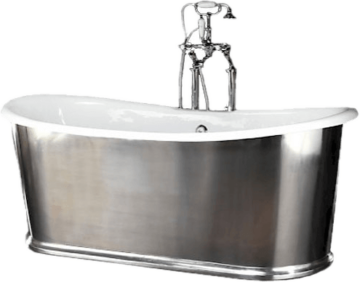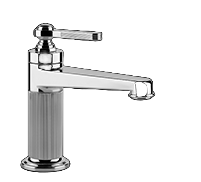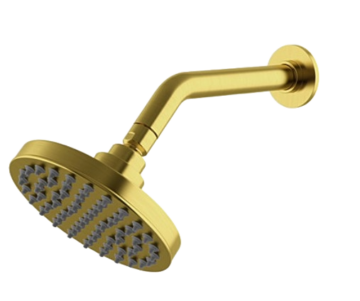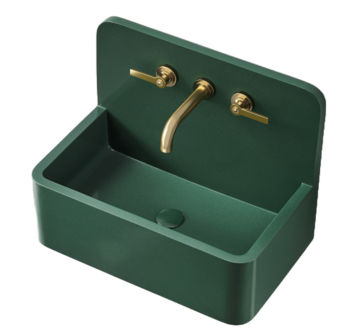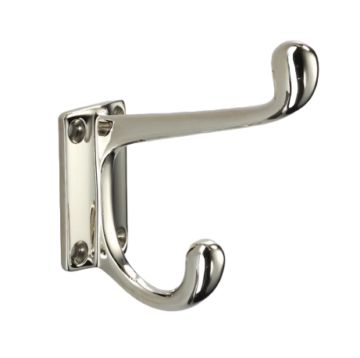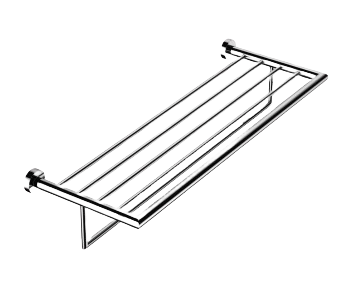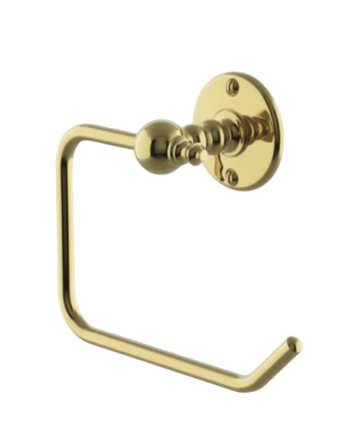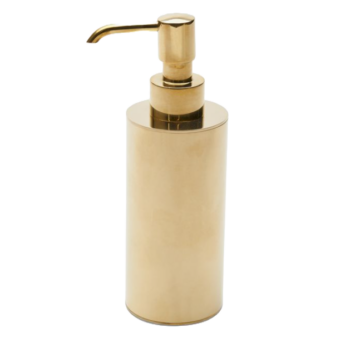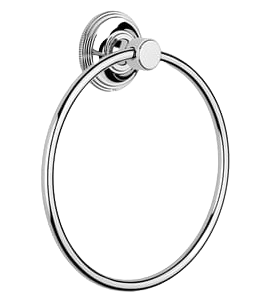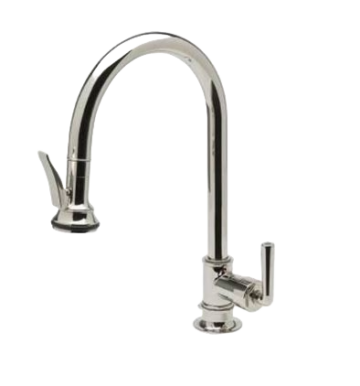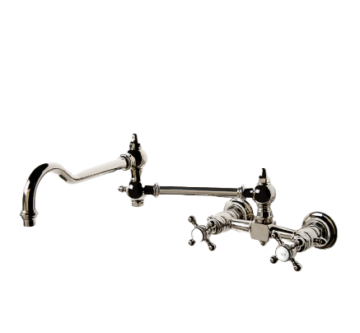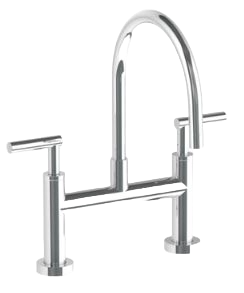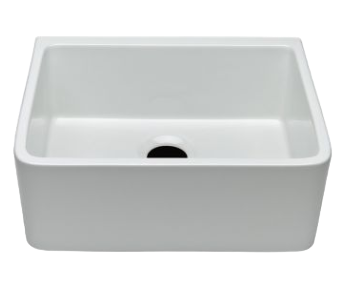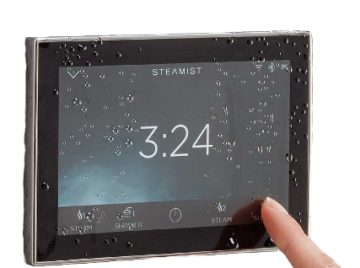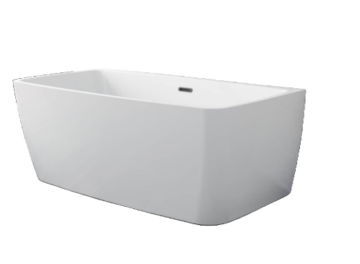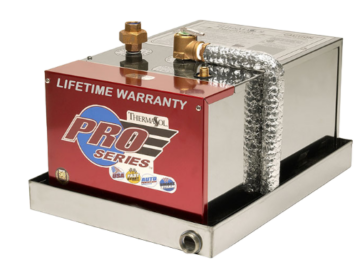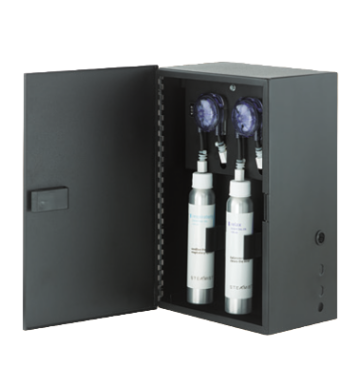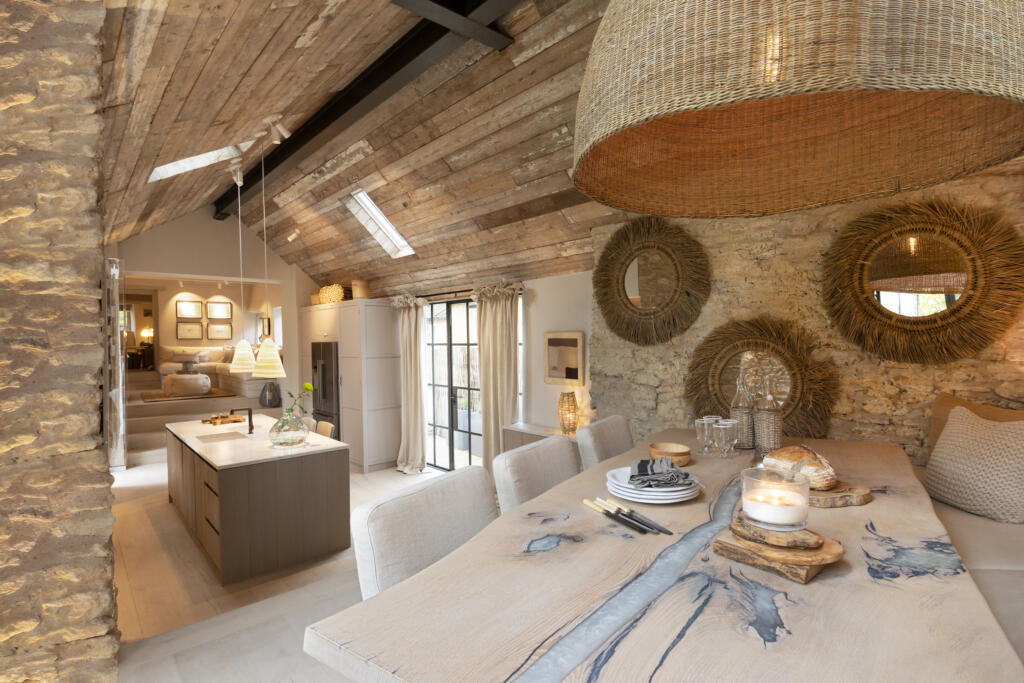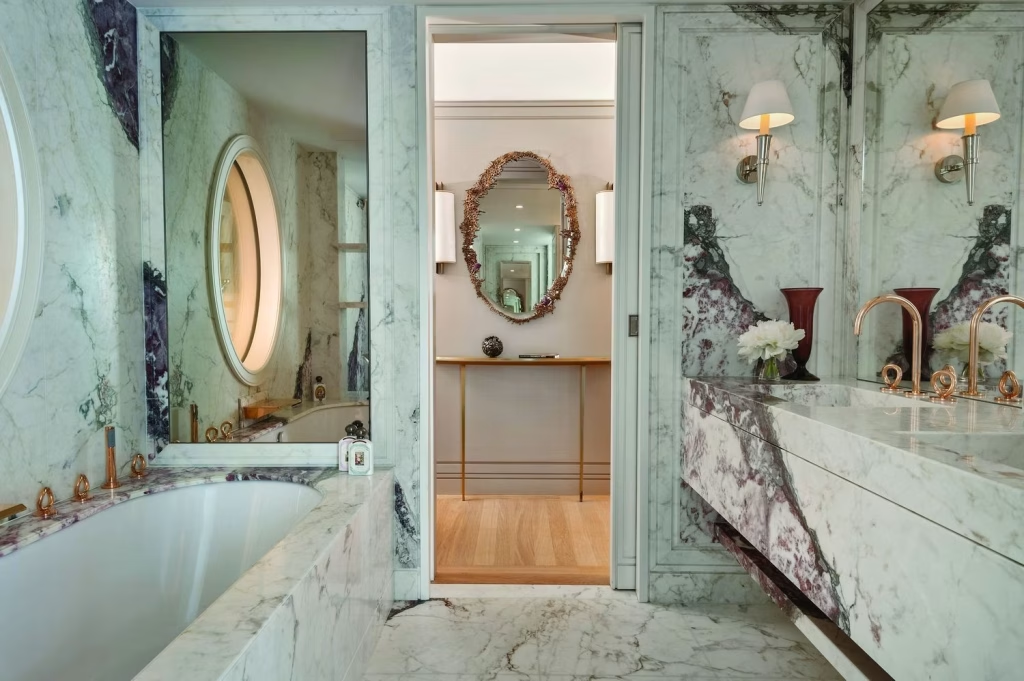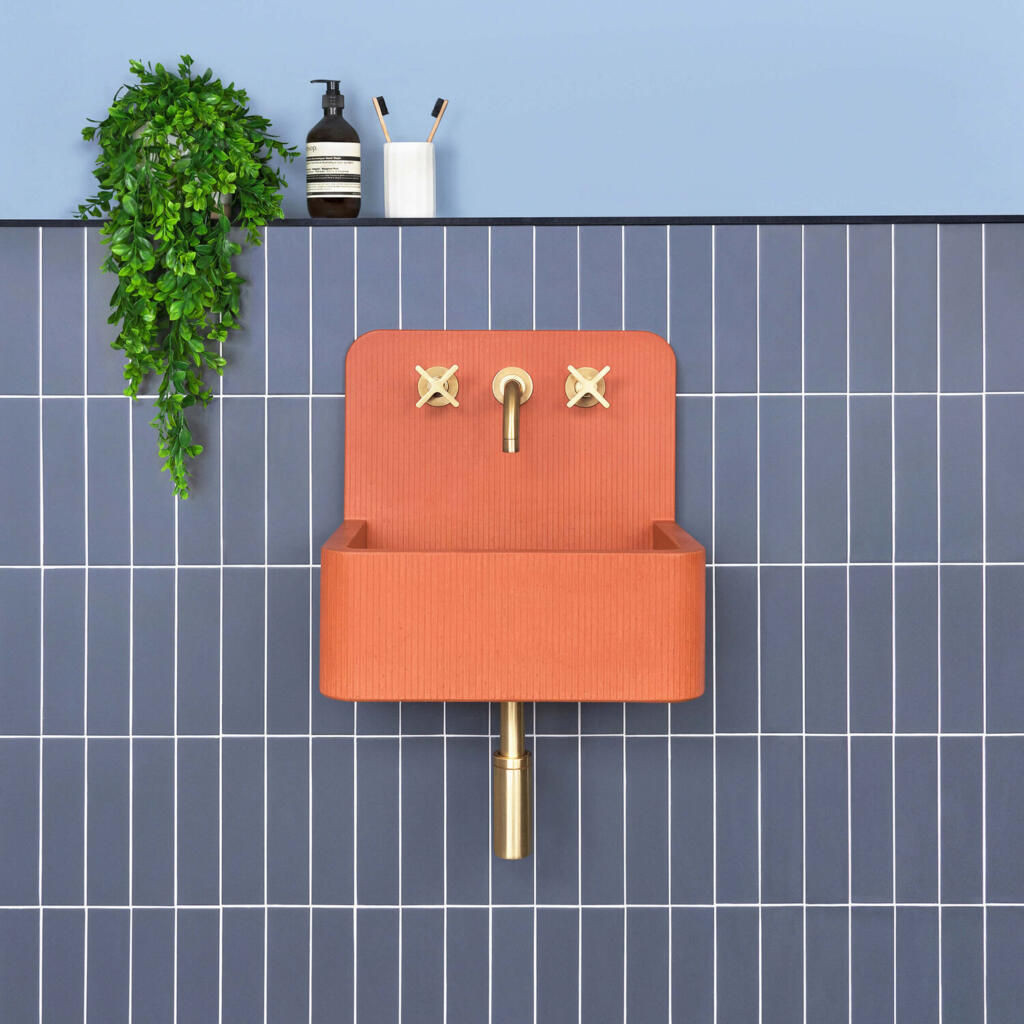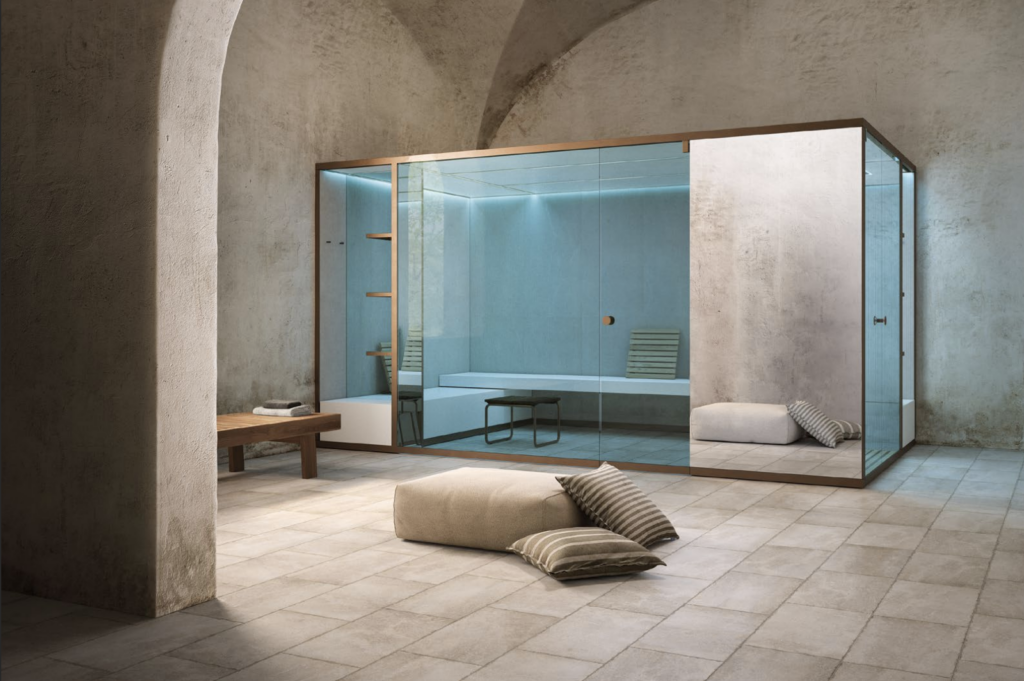
Over the last several years, wellness has emerged as an undeniable influence in the realm of interior design. Just last year, health and wellness landed at the top of the American Society of Interior Designers’ 2023 Trend Outlook report, which specifically cited the rising demand for “spa-like bathrooms and retreat spaces for exercise and meditation.”
While Alexander Marchant is a longtime advocate for bringing wellness into the home, not all homeowners and designers are aware of the transformative fixtures available — or specifically how they function or promote wellness.

From the prehistoric cave saunas of Finland to the Ancient Roman baths, the concept of heat bathing has informed human existence for thousands of years. Thanks to the presence of modern-day saunas and steam rooms in gyms and spas all over the world, many have learned first-hand about the diverse benefits of heat therapy.
In addition to soothing sore muscles and flushing toxins from the body, heat therapy has been shown to improve cardiovascular and circulatory function. While not all wellness-related research is definitive, proponents posit that steam therapy in particular can help loosen stiff joints, clear congestion, rejuvenate skin, reduce stress, encourage mindfulness and balance mental health.
Although less understood, chromotherapy (also known as color therapy) has also fascinated humans since ancient times. Ancient Egyptians worshipped the sun, filtering its rays through colored crystals to alleviate ailments and even constructing therapeutic rooms dedicated to specific colors. Thousands of years old, the holistic concept of Traditional Chinese Medicine (TCM) translates worldly elements — earth, fire, water, metal, wood — into a color system tied to organs and moods. And in Ancient Greece, the pioneering physician Hippocrates believed strongly in the healing power of colored light.
Thousands of years later, chromotherapy remains a debated topic. Naysayers file it under pseudoscience, but there’s plenty of convincing evidence to back it up.
The most common application of chromotherapy, red light therapy was first championed by Danish physician Dr. Niels Ryberg Finsen, who used it to treat smallpox and won a Nobel Prize in 1903 for “his contribution to the treatment of diseases, especially lupus vulgaris, with concentrated light radiation.” Since red light stimulates the production of collagen and elastin, it’s also been used to fight inflammation and reduce the appearance of wrinkles, stretch marks, scars and acne.
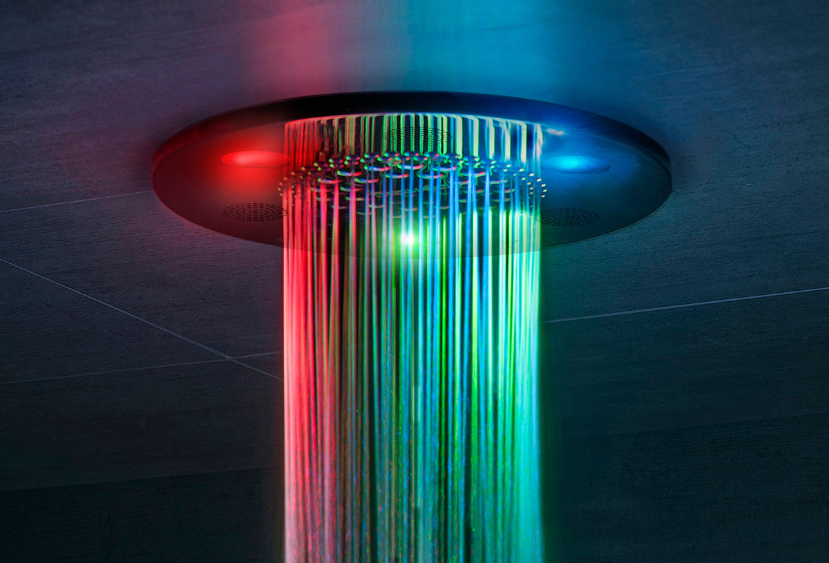
Since the 1950s, blue light therapy has been used to treat jaundice in newborns. And by the 1980s, it was being used to treat early cases of Seasonal Affective Disorder (SAD). That factoid is in keeping with the notion that chromotherapy is primally ingrained in humans. As personal trainer Ryan Fritz points out on a chromotherapy-themed episode of his podcast Science of Cardio, early humans awoke outside under a blue sky that illuminated green grass and trees. At night, they cooked over a fire glowing red and orange. As such, blue and green light therapy might stimulate our minds and bodies, while red and orange may offer calming effects.
In hopes of learning more about real-world — and design-world — applications of chromotherapy, we reached out to California-based color psychology and color therapy expert Constance Hart. Through her multifaceted wellness company Conscious Colors, Hart offers color therapy certification to a wide range of professionals including interior designers.
“Colors have inherent effects on our body, our nervous system, mind and emotions,” Hart explained. “When you learn about these effects, you can begin to utilize them consciously as co-partners throughout your day. … As far as real-world examples, those of us who have worked with color professionally have long lists of positive testimonials from our students and clients about how color therapy has changed their lives for the better. In my own professional experience, I’ve seen clients reverse high blood pressure, shift out of panic and high-anxiety, change liver disease, cure insomnia — all through the application of therapeutic colors.”
Expanding on her work with design creatives, Hart offered, “[My students] learn how each color can influence the body, mind and emotions. … For installations and projects that include products that include chromotherapy lights or lighting design, they can better inform which colors to program to match the intended emotional effect.”
With those nuggets of wisdom in mind, here are five wellness-minded companies within the Alexander Marchant family of brands that are manufacturing fixtures designed to transform your primary bath into a spa-quality sanctuary.
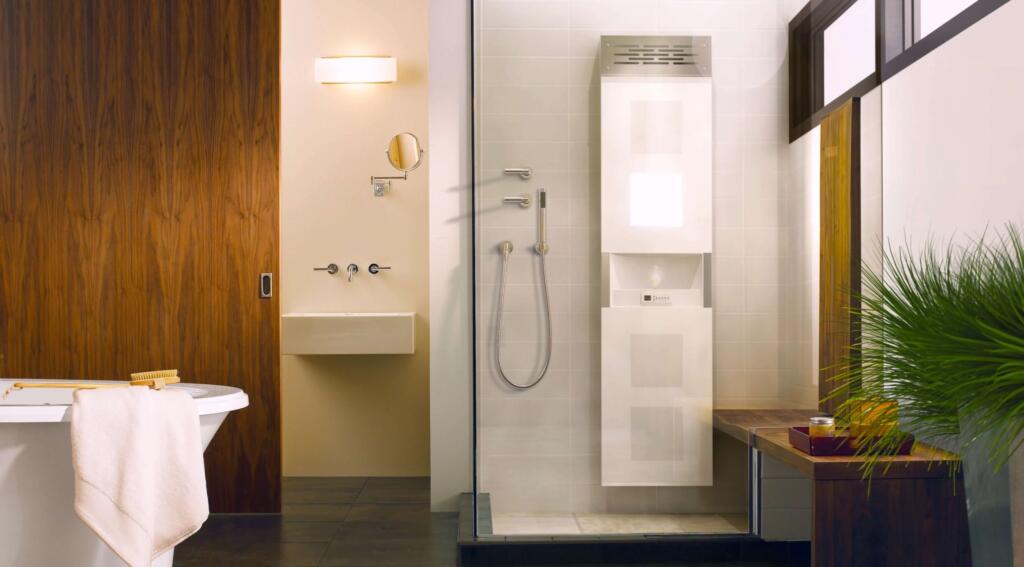
BainUltra
Since 1977, Quebec City-based BainUltra has been dedicated to transforming the bath experience “into a moment of pure, unadulterated bliss.” Innovators from the get-go, the company made its first big splash by inventing the air-jet bath, a game-changing design that paved the way for many other cutting-edge models. Nearly half a century later, BainUltra now boasts 23 Canadian and American patents and 114 active trademarks — including its revered Hydro-Thermo Massage system.
In 2008, the company introduced Vedana, a multitasking care system designed to transform showers or entire rooms into spa-like retreats outfitted with five distinctive therapies: thermotherapy, chromotherapy, light therapy, aromatherapy and sound therapy.
A sleek update of the ThermaSens tub BainUltra released in 2013, the new Illuzio tub delivers a soothing, chromotherapy experience with hidden LED lights in six colors: blue, violet, red, orange, yellow and green. As the company sees it, “Chromatherapy is not merely a decorative element. Rather it has a direct effect on one’s physical and psychological condition.”
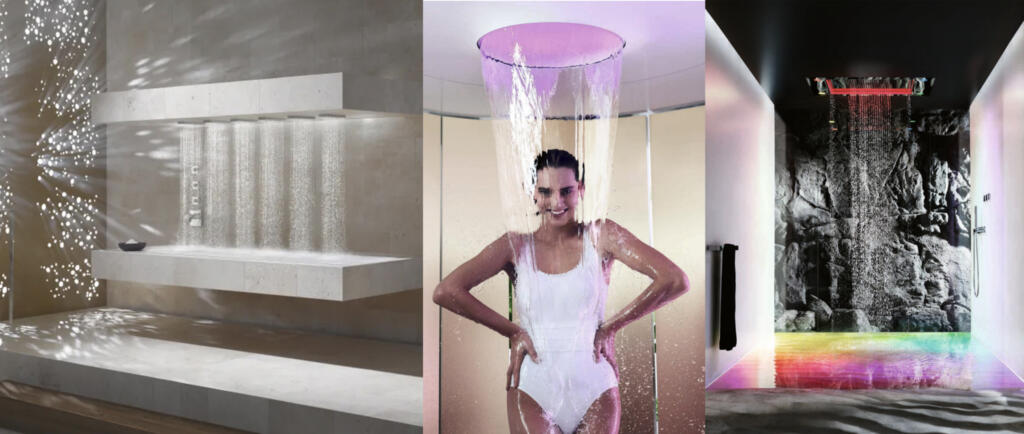
Dornbracht
Founded in 1950 by Aloys F. Dornbracht and his son Helmut, the German manufacturer Dornbracht also started patenting designs straight away, releasing an industrial-inspired extendable spout before moving into luxury fittings in 1969.
In 1995, Dornbracht set its sights on luxury fixtures designed to elevate bathrooms into “emotional retreats.” Exploring “the effect of hydrotherapy on the body, mind and soul” since 2010, the company’s interest in wellness has taken shape in incredibly innovative bath designs. Billed as a “hydrotherapy massage bed,” Dornbracht’s signature Horizontal Shower invites the bather to lie down while being massaged by water cascading from six shower heads. The ultra-modern Aquamoon Embrace is a luxury shower with four unique flow settings and chromotherapy integrated into a recessed dome. And Sensory Sky is an expansive rain shower experience with 345 water jets, various flow modes, body spray, chromotherapy, aromatherapy and a mist feature.
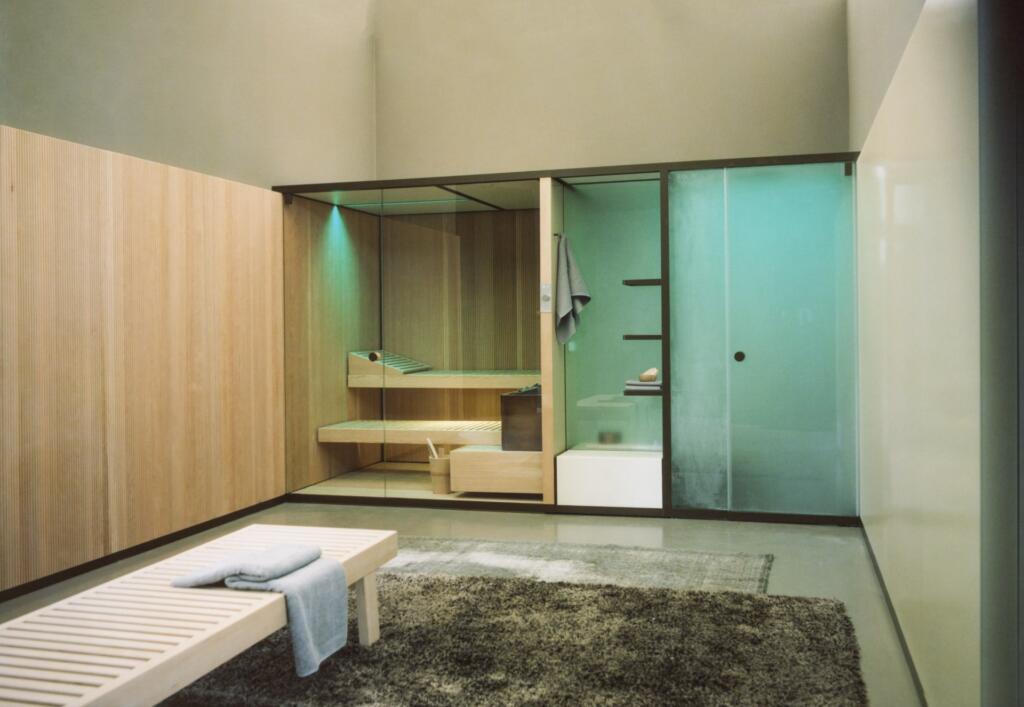
Effe Perfect Wellness
Headquartered in Cesena in Italy’s Emilia-Romagna region, Effe Perfect Wellness boasts 30 years of experience specializing in saunas, Turkish baths, sensory showers and complete custom spas. Infinitely adaptable, Effe systems are designed to fit any space, and the company prides itself on the capability to transform any ordinary shower into a Turkish-style hammam with the addition of a steam generator.
Working with esteemed Italian designers and architects such as Rodolfo Dordoni and Michele Angelini, Effe has developed free-standing saunas and hammans marketed as “cubicles” and designed to mesh harmoniously with an array of interior settings.
Among Effe’s dry-heat standouts: the minimalist Aladdin seeks to conjure the feeling of weightlessness with clean lines, strategic lighting and reflective surfaces such as the anodized aluminum encasing the unit’s stone heater; earthier but no less elegant, Effe’s BodyLove S celebrates the beauty of natural wood and features a discreet, five-color chromotherapy system and a stone heater cased in glazed ceramic tile.
Humid heat comes into play with modular systems such as BodyLove H — a compact hammam equipped with a steam generator, a bench, a shower, chromotherapy and a handy basin for a refreshing splash of cold water.
Offering the best of both worlds, Effe’s BodyLove SH is an integrated unit combining a dry sauna and a shower-equipped hammam with “countless customization options.”

Fantini
Due in no small part to its location near the shores of Lake Orta in the Piedmont region of Italy, water is both an inspiration and guiding principal for Fantini. Established in 1947 by brothers Giovanni and Ersilio Fantini, the company arrived on the forefront of Italian design in the 1970s with the launch of I Balocchi — a groundbreaking series that reimagined the metal tap as “the protagonist of the bathroom environment” in a rainbow of poppy colors.
Admirably, Fanitni has used profits from its iconic I Balocchi series toward the humanitarian effort 100 Fountains for Africa — a project that entailed building a water main that feeds more than 100 fountains and water collection points in an impoverished area of Burundi.
While Fantini has designed many award-winning fixtures, the family-owned company’s interest in wellness is exemplified by Acquafit Dream. Introduced in 2019, the “multifunction and multisensory” rain shower delivers a waterfall effect enhanced with chromotherapy in four calming hues: Dawn, Leaves, Sunset and Night.
ThermaSol
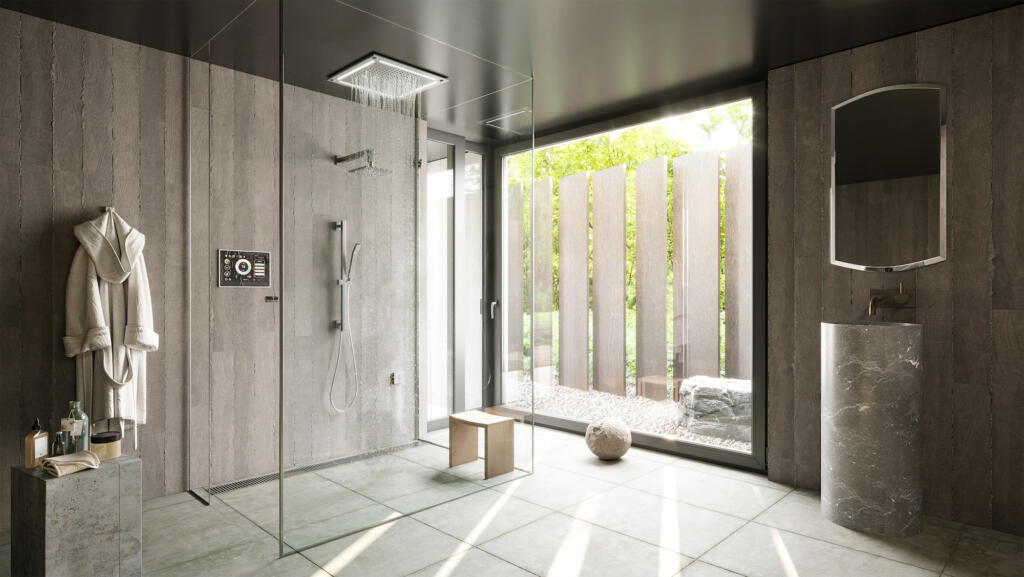
Launched in California and now based in Round Rock, Texas, ThermaSol has steam in its very DNA. In 1958, ThermaSol founder David Altman designed and patented the very first electric steam shower as part of a commission for a French diplomat wishing to add a home spa to his Manhattan apartment. In 1970, Murray Altman followed in his father’s innovative footsteps, patenting the first aroma-enhanced steamhead and ushering ThermaSol into a pivotal era marked by placement in high-end hotels and spas. Currently under the direction of Murray’s son Mitch, the family-owned business remains committed to its roots in home spa innovation — albeit with an increased focus on “intelligent wellness technology.”
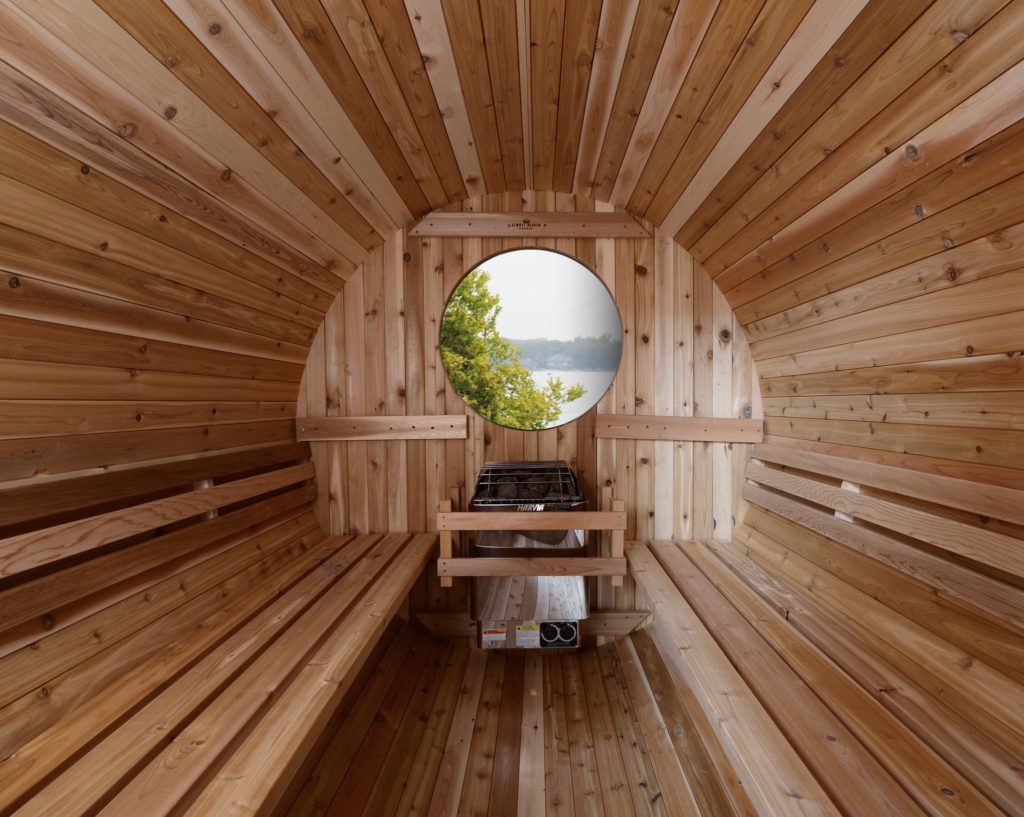
In addition to individual fixtures for smart showers and steam showers — from rainheads to steamheads — ThermaSol offers complete packages, with Total Wellness being the most comprehensive. Customizable in a broad range of finishes — matte black, antique brass and polished chrome among them – the touchscreen-controlled package combines a fast-acting steamhead and a high-tech rainhead outfitted with 300 adjustable jets, bluetooth-compatible speakers and full-spectrum chromotherapy.
With a nod to “the brilliance of Finnish sauna technology and design,” ThermaSol’s indoor sauna units are crafted from clear Western red cedar and Nordic spruce and feature authentic Finnish rock heaters and full-spectrum LED chromotherapy. While the boxy shape of the indoor units makes them an easy fit for myriad interiors, we’re partial to the barrel-shaped Kuuma, an outdoor unit that seats six and features an optional back wall window.
As Adream Decor founder Dan Fingerhut reminds, adding spa fixtures represents an investment in the home as well as an investment in personal wellness. “People building homes currently are taking wellness design into consideration now more than ever,” said Fingerhut, whose agency represents ThermaSol and BainUltra, among other wellness-focused brands. “In a fast-paced world, people are realizing that they can have all the benefits of a spa or wellness retreat in their homes — and it’s easier than ever.”
